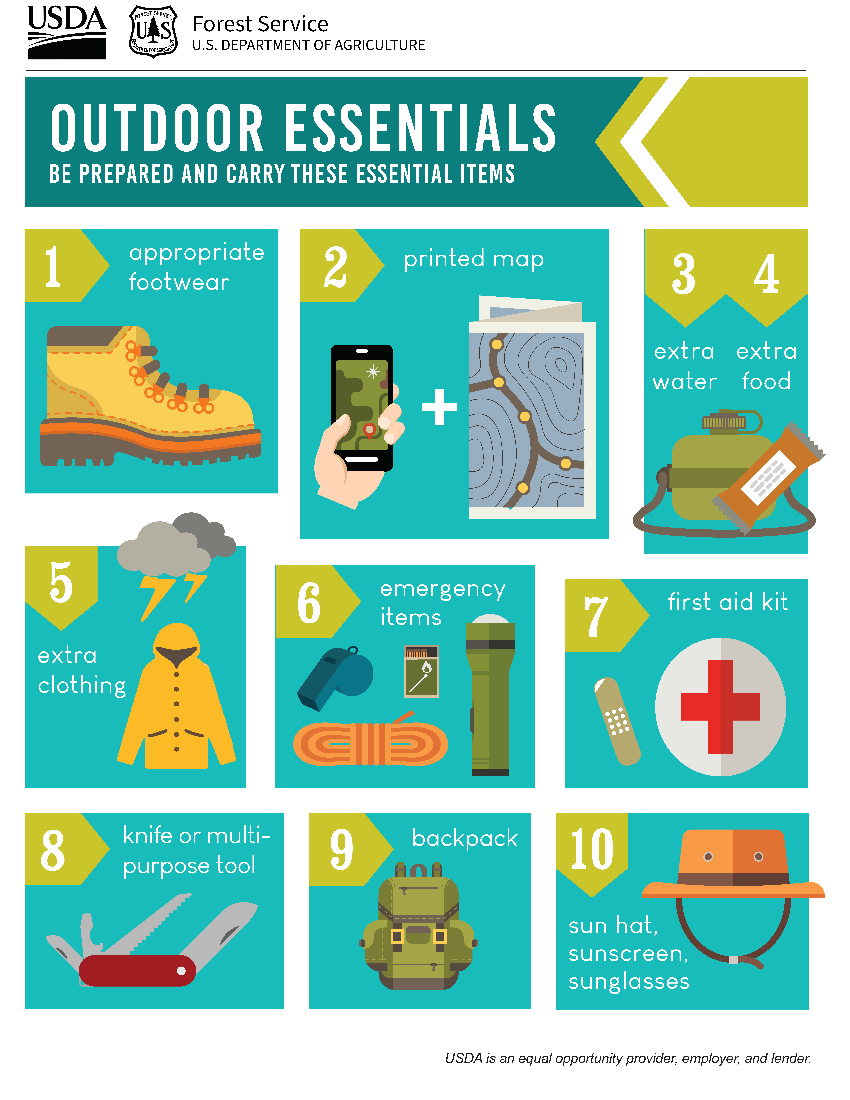The rhythmic thwack-thwack-thwack of helicopter blades cut through the pre-dawn darkness. The burnt orange MH-65 Dolphin rescue helicopter, bearing the crossed anchors of the U.S. Coast Guard, emerges once more through the smoke and into the ambient glow of the wildfire. The pilot circles overhead, attempting to steady the aircraft several hundred feet above a small clearing with flames torching trees on three sides.
The updraft causes the aircraft to sway in midair as the engine sucks in smoke. It’s difficult for the crew to breathe, and they can barely make out the two injured firefighters below. Still, the pilot and copilot hold the helicopter as steady as they can.
“An inland rescue at 5,000 feet above sea level. On the fire line. At night. That isn’t the kind of thing we train for,” said the pilot, Lt. Cmdr. Derek Schramel. “The high altitude and aerodynamics of the fire were affecting the performance of the helicopter, and we had trouble getting into a hover. The conditions were extreme, but we were the only aircraft in the area with the capabilities to perform a night rescue, and we were going to try and get it done.”
Within minutes, the crew lowers the rescuer more than 100 feet to the ground. He places the first firefighter, immobile with a broken femur, into the litter. Moments later, the flight mechanic manages to hoist the second injured firefighter to safety. Once the crew and firefighters are inside, the pilot veers the helicopter up and away from the burning trees, and back into the darkness.
The Coast Guard crew ultimately pulled off an extraordinary night rescue of the two firefighters seriously injured battling the 2019 Middle Fire on the Shasta-Trinity National Forest. Their quick thinking and acts of bravery saved lives and earned the crew the Coast Guard Aircrew of the Year Award for their aerial heroism.
National forests and grasslands are sometimes the backdrop of high-stakes search and rescue missions. But these days, wildland firefighters battling blazes don’t account for most cases. Instead, crews are often rescuing visitors who get into trouble while recreating on public lands. And local authorities, with the help of state, federal and volunteer crews, are responding to more and more of these kinds of cases each year.
“We are seeing a substantial uptick in search and rescue cases, primarily due to a huge increase in visitation,” said Chris Boehm, the deputy director of Law Enforcement and Investigations at the Forest Service. “The increased workload is stretching limited resources thin at the state and local level and exhausting search and rescue capabilities.”
“Local authorities usually take the lead in search and rescue cases, and we support the local authorities any way we can with the resources we have nearby,” said Jay Godson, fire management officer at the Forest Service’s Pagosa Ranger District in Colorado. “We bring certain expertise and capabilities to the equation to ensure we get people home safely.”
The great outdoors is unpredictable and dangerous by nature, and even seemingly benign activities like a short hike or an afternoon paddle carry risks. While the Forest Service does not currently track search and rescue cases, according to research from Pew and anecdotal reports from local authorities, outdoor enthusiasts who are unprepared for the conditions ar e exacerbating the high number of cases.
e exacerbating the high number of cases.
“If you want to venture out into the woods to see nature in all of its glory, you need to be prepared,” said Coast Guard rescue swimmer, Petty Officer 1st Class Graham McGinnis. “You need to understand the conditions where you are headed, and you should always let people know where you are going and when they can expect you back. Pack a locator beacon, a satellite phone, or some other reliable communication device. Bring all the tools you need to survive and to self-rescue, if need be.”
Visitors to national forests and grasslands must take responsibility for their safety when recreating. Indeed, small decisions can save a life: for any excursion, research conditions like the weather and terrain, pack the 10 essentials, wear high visibility clothing and sturdy footwear, and bring plenty of water. Consider factors like cellphone reception and battery life – bring a paper map, a compass, and an external battery to charge devices in case your cellphone fails.
Most importantly, always play it safe. Don’t put yourself or your party at unnecessary risk.
“The fact of the matter is, what we were able to pull off with the firefighters was close to impossible. We are always going to try to rescue [people in trouble], but that's not a promise of a happy ending," McGinnis said.
For more safety tips and guides on recreating responsibly, visit the Forest Service Know Before You Go information.